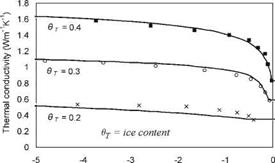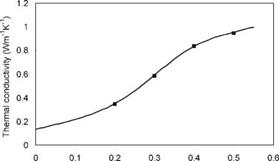All About Headers

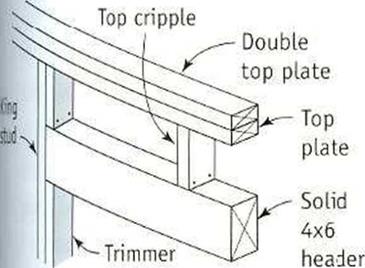


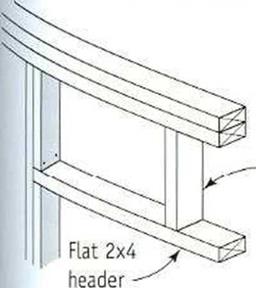
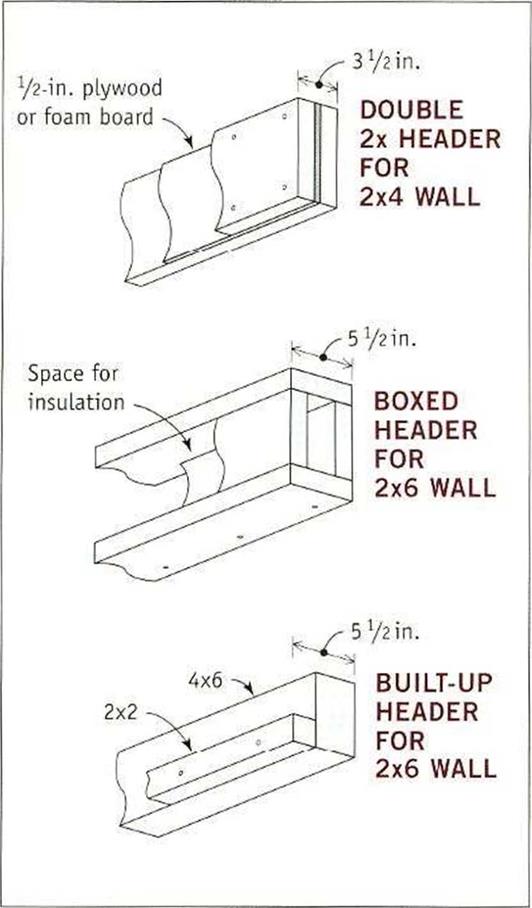
SPANNING THE DISTANCE above window and door openings, headers transfer the weight of the roof down through the trimmers, making it possible to have openings in a wall without compromising its strength. There are three things you need to know about headers: length, cross-sectional dimensions, and construction details.
Header Lengths
Window and door manufacturers typically provide recommended rough opening sizes for the prehung units thev sell. To determine the length of a header, you can simply add 3 in. to the rough opening size; this is the combined thickness of the trimmers that support the ends of the header.
a – The length of a door header is usually 5 in. greater than the width of the door. Therefore, a 3/0 door (36 in. wide) needs a 41-in. header. The extra 5 in. includes 3 in...
read more





